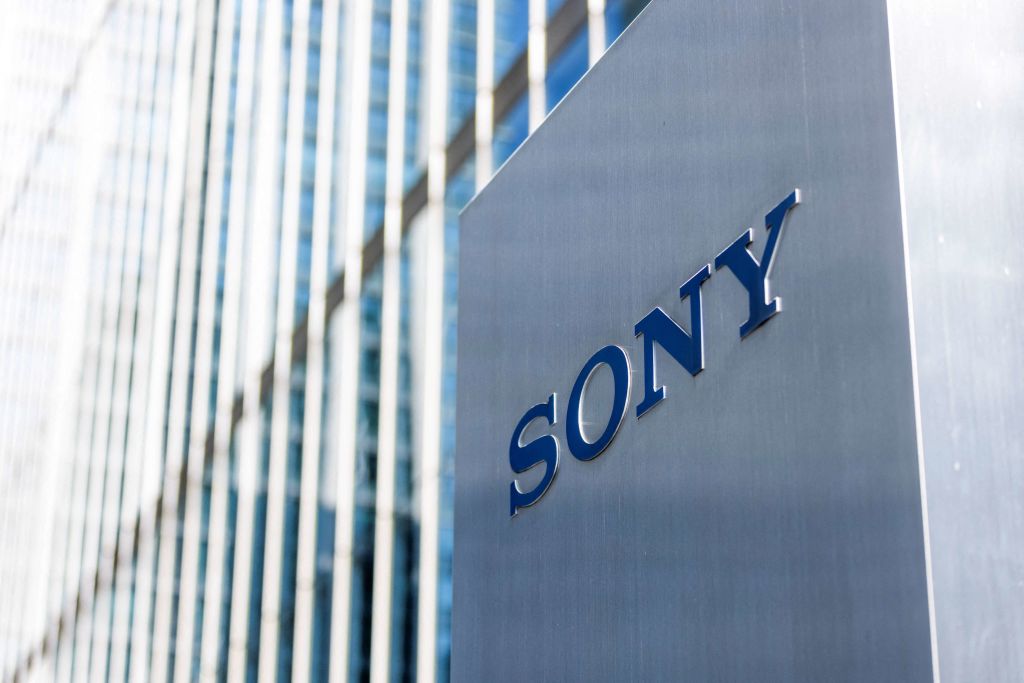The story goes that Celonis — a technology company that helps enterprises better optimize their core business processes — was meeting with a client. The Celonis team showed initial results garnered by connecting their software to the client’s Purchase-to-Pay flow. Data from every corner of the client’s financial and operational ecosystem revealed how orders actually flowed from placement to payment.
A depiction of the route was projected onto a screen:

Leadership gasped. Processes like Purchase-to-Pay — that the client believed had long been standardized — are straightforward on paper. Not so much, it turns out, in reality.
If a simple purchase order or invoice can take so many chaotic routes to completion, just how much revenue is lost in the cracks? By Celonis’ estimate, upward of $10M — and in some cases, even more.
That’s how the $10M Challenge was born.
Having already helped hundreds of companies unlock millions of dollars in value, Celonis knew they could find $10,000,000 — or more — trapped in any large enterprise’s operations. So they’re asking companies to challenge them to do just that. If they can’t find $10,000,000, Celonis will donate $100,000 to charity instead.
The challenge has already garnered a lot of attention, particularly amongst the Fortune 500. But how exactly do Celonis find and unlock the millions trapped inside your business?
Enter a new class of technology
That’s where the Execution Management System (EMS) comes in. It’s made up of a platform that enables companies to manage every facet of business execution, and a suite of apps that target businesses’ core processes — how they sell, ship, collect, buy and pay.
Powered by process mining technology, it discovers inefficiencies and bottlenecks in business execution from the data in enterprise systems. Using machine-learning and automation, the EMS then offers the ability to deploy automatic, intelligent action to fix the issues it has uncovered. It can automate routine actions, flag incoming cases that are likely to cause process delays, or prompt leadership to make decisions when necessary. It’s like having analytical and operational systems that work in tandem, putting the ‘action’ in ‘actionable insights’. And if your enterprise is large enough, you might just be able to find $10M — or more.
For enterprises that run routine processes — think procurement, accounts payable and receivable, order and inventory management, and so on — the EMS can provoke ah-ha moments (and, at times, ‘uh oh’ moments). Brands like L’Oreal, Citibank, Coca-Cola and Vodafone have all reaped the benefits, maximizing what Celonis calls their ‘execution capacity’ — the level of performance they can normally achieve with the time and resources available.
Get digital transformation to actually deliver
Digital transformation has long been viewed as a golden ticket to growth. But even though companies have invested millions in shiny new technologies, expensive consultancy projects and other transformation initiatives, the results just haven’t been quite there.
According to third-party research commissioned by Celonis, there is a significant difference between the key performance indicators of average and top performers in nearly every core function of the business.
Accounts Payable
The average cost per invoice is $17.42. Top performers, however, have reduced the cost to $6.84.Accounts Receivable
The average company’s days delinquent was found to be 29.9 days. Top performers, however, have reduced that to only 8 days.Procurement
The average company’s operational cost per purchase order is $15.00. Top performers are able to make it $1.35 per order.Order Management
The average company delivers on-time only 42.8% of the time. Top performers who’ve been able to restructure and optimize their operations can get that percentage up to 91% on-time.
There will always be average and top performers, but that delta speaks for itself. It’s nobody’s fault — but there’s no getting around the fact that most companies are still working off processes that were built in the 70s, and those rigid and fragmented systems are getting in their way. With only an estimated 30% of companies actually succeeding at digital transformation, the true value is more likely in helping those systems work better together.
That’s what makes the EMS especially powerful. It’s not about ripping and replacing old systems. It’s not even the typical spray-and-pray approach of stacking new systems on top of the old ones and hoping it makes things better. Rather, the EMS is an end-to-end intelligent layer that allows you to continue running your usual processes — but infinitely better.
The top performers in that survey aren’t reinventing the wheel. The core functions of the business — whether it’s procurement or accounts payable, or any other standard function — still work in more or less the same way. They just do so at their full capacity.
And now, with the $10M Challenge, any company can find out first-hand what that could look like for them — and the impact it can have.
If you’re interested in finding $10M trapped inside your business and maximizing the capacity of your processes, challenge Celonis.



































